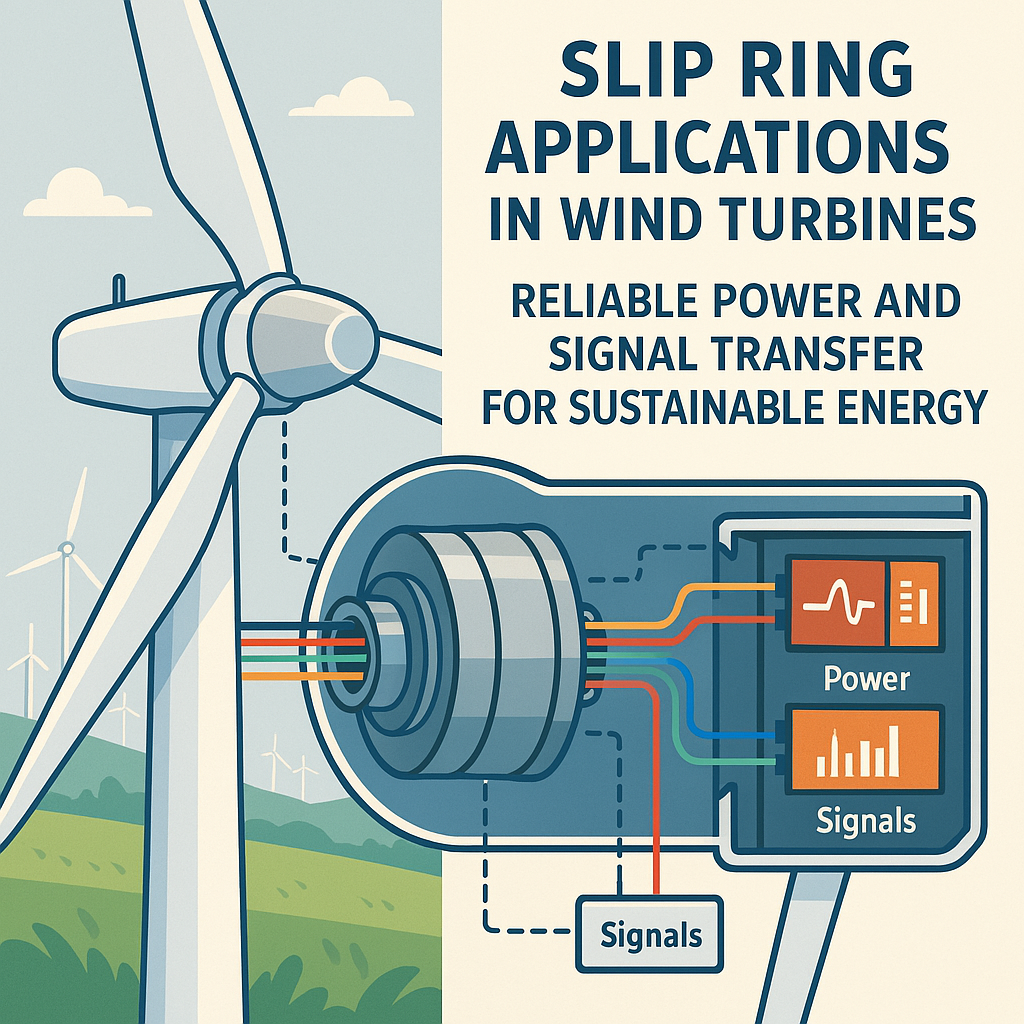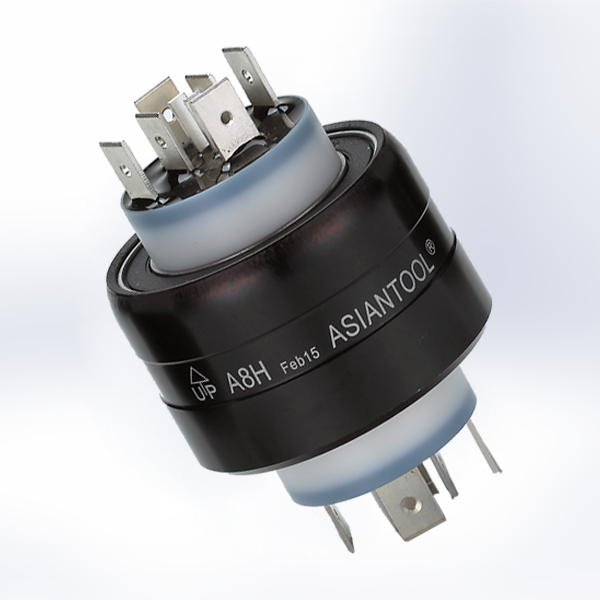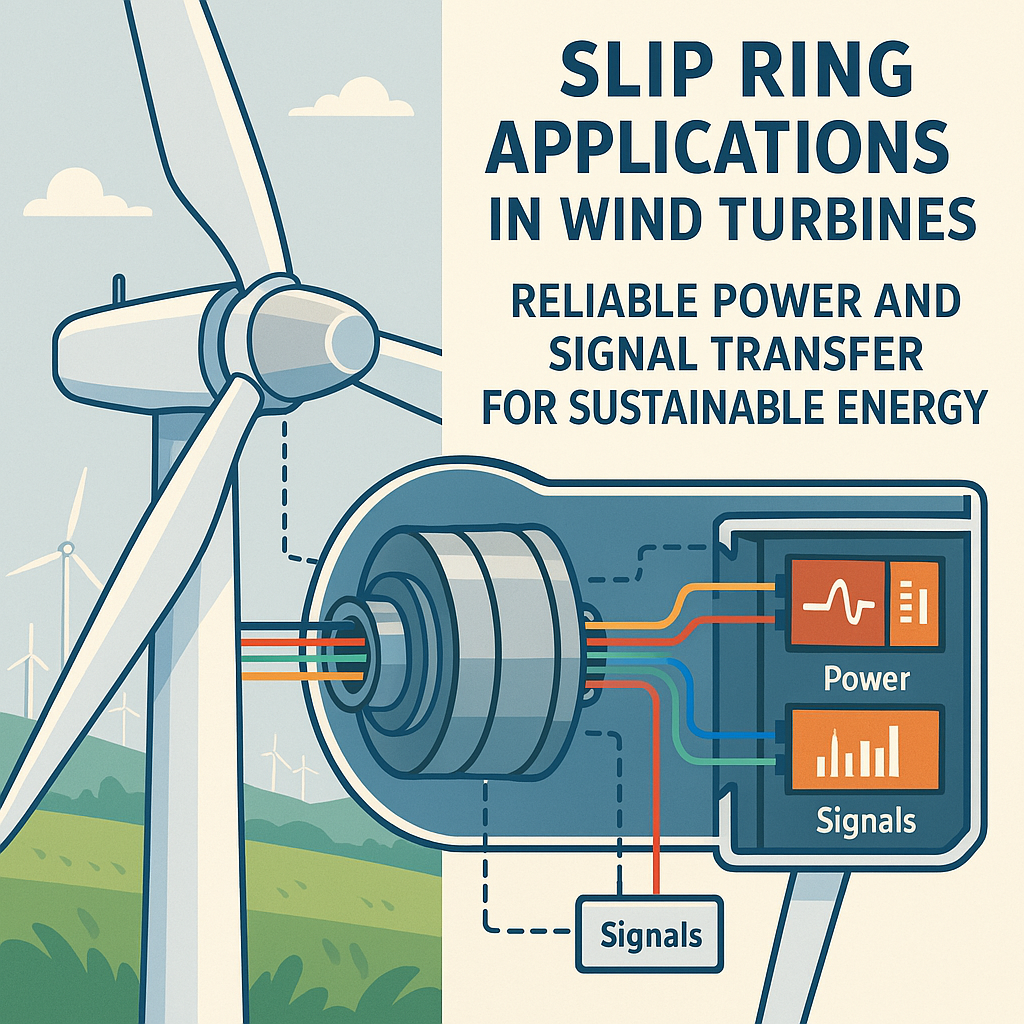Subtotal: $350.00
Slip Ring Wind Turbines: Reliable Power and Signal Transmission
 Slip Ring Wind Turbines: Reliable Power and Signal Transfer for Sustainable Energy
Slip Ring Wind Turbines: Reliable Power and Signal Transfer for Sustainable Energy
Slip ring systems are critical components in today’s wind energy infrastructure. They allow seamless transmission of power and data between stationary towers and rotating blades, ensuring continuous operation under harsh environmental conditions.
 Why Are Slip Rings Essential for Wind Turbines?
Why Are Slip Rings Essential for Wind Turbines?
Modern wind turbines require uninterrupted electrical and signal connectivity between the rotating nacelle and the fixed tower. This challenge is solved by slip ring assemblies, which enable:
-
Power delivery to pitch control motors
-
Signal transfer for blade angle feedback and monitoring sensors
-
Ethernet/fiber optic communication with control systems
-
Grounding paths for lightning protection
Without these systems, continuous rotation would twist cables, causing signal loss and maintenance issues.
 Key Benefits of Slip Ring Integration in Wind Turbines
Key Benefits of Slip Ring Integration in Wind Turbines
-
Maintenance-free operation over 20+ years
-
High IP protection (IP65/IP68) against dust, water, and salt
-
Compact, modular design for tight nacelle spaces
-
Hybrid channels: Power + Signal + Fiber Optic
-
Low electrical noise and long contact life
-
Wide temperature range (-40°C to +85°C)
These rotary connections also support advanced pitch control, allowing wind turbines to optimize blade angles for maximum efficiency.

 Where They’re Used
Where They’re Used
-
Onshore and Offshore Wind Farms
-
Small and Medium-Scale Turbines
-
Test and prototype setups
-
High-speed turbines requiring real-time monitoring
Slip-ring.com delivers custom solutions for wind turbine applications — built to endure vibration, corrosion, and extreme weather conditions.
 Supporting Renewable Growth
Supporting Renewable Growth
With the global shift toward clean energy, durable and efficient slip ring solutions are helping operators improve uptime, reduce maintenance, and enhance system performance.
 Conclusion
Conclusion
Slip rings are silent enablers of efficiency and automation in wind energy. They ensure uninterrupted transmission of power and signals in rotating platforms, enabling the smart, sustainable operation of modern wind turbines.

 Asiantool A8H (8-Pole, 2x 4A @ 6x 30A)
Asiantool A8H (8-Pole, 2x 4A @ 6x 30A) 